New Home Construction Process
The new home construction process typically involves several steps, which can vary depending on the specific project and the parties involved. Here is an overview of the general process:
Planning: The first step in the construction process is to develop plans for the new home. This may include working with an architect to design the home, obtaining necessary permits and approvals from local authorities, and selecting materials and finishes.
Excavation and foundation work: Once the plans are finalized, the next step is to prepare the site for construction. This may involve clearing the land, grading the site, and digging the foundation.
Framing: The next step is to construct the frame of the home, which includes the floor, walls, and roof. This is typically done using wood or steel framing materials.
Mechanical, electrical, and plumbing (MEP) work: Once the framing is complete, the next step is to install the mechanical, electrical, and plumbing systems. This may include installing HVAC systems, electrical wiring, and plumbing pipes.
Drywall and finishes: After the MEP work is complete, the next step is to install drywall and finishes, such as paint, flooring, and trim.
Final inspections and closing: The final step in the construction process is to pass any necessary inspections and obtain a certificate of occupancy. Once this is done, the home is ready for closing, and the construction process is complete.
This is a general overview of the new home construction process, and the specific steps and timeline can vary depending on the size and complexity of the project.
Major milestone in the construction process typically include three touch points:
A pre-construction meeting is a meeting between the home builder and the homeowner that takes place before the construction of a new home begins. The purpose of the meeting is to review the plans and specifications for the home, discuss the construction schedule and timeline, and address any questions or concerns the homeowner may have.
During the pre-construction meeting, the home builder will typically review the plans and specifications for the home with the homeowner, including the layout, materials, and finishes. The home builder will also provide the homeowner with a construction schedule and timeline, outlining the various stages of the construction process and when they are expected to be completed.
The home builder will also discuss any warranties or guarantees that are included with the home, as well as the terms of the construction contract. It’s important for the homeowner to carefully review these documents and ask any questions they may have before signing.
Overall, the pre-construction meeting is an important opportunity for the homeowner to understand the construction process and ensure that their new home is being built to their specifications.
A pre-drywall walkthrough is a meeting between the home builder and the homeowner that takes place before the drywall is installed in a new construction home. The purpose of the walkthrough is to allow the homeowner to review the progress of the construction and make any necessary changes or modifications before the drywall is installed.
During the walkthrough, the home builder will typically take the homeowner through the home and point out any important features or details. This may include the location of electrical outlets and switches, the placement of windows and doors, and the routing of pipes and wires.
The home builder will also provide the homeowner with any necessary documents, such as warranties or contracts. It’s important for the homeowner to carefully review these documents and ask any questions they may have before signing.
Overall, the pre-drywall walkthrough is an important opportunity for the homeowner to ensure that the construction of their new home is proceeding as planned and to make any necessary changes before it’s too late.
A final walkthrough is a meeting between the home builder and the homeowner that takes place just before the construction of a new home is completed. The purpose of the walkthrough is to allow the homeowner to review the finished home and identify any final touch-ups or repairs that may be needed before the construction is complete.
During the final walkthrough, the home builder will typically take the homeowner through the home and point out any important features or details. The home builder may also provide the homeowner with a list of any warranties or guarantees that are included with the home, as well as any maintenance or care instructions.
It’s important for the homeowner to carefully review the home and make a list of any items that need to be addressed before closing. This may include items such as touch-up paint, loose tiles, or damaged trim. The home builder should address these items before the construction is complete and the homeowner takes possession of the home.
Overall, the final walkthrough is an important opportunity for the homeowner to ensure that their new home is ready for move-in and that all necessary repairs and touch-ups have been completed.
The day of Closing of a few days prior to Closing the builder will typically do a final walk with the buyer to review items completed after the final walkthrough. If there are any outstanding items a post-closing exceptions form is generated.
A post closing exceptions form is a document that is provided by a home builder at the final walkthrough of a new construction home. The purpose of the form is to identify any items that need to be addressed or repaired after the construction is complete and the homeowner takes possession of the home.
The form typically includes a list of items that need to be repaired or addressed, along with a timeline for when the work should be completed. The form may also include any warranties or guarantees that are provided by the home builder, along with the terms of the construction contract.
It’s important for the homeowner to carefully review the post closing exceptions form and make sure that all necessary repairs and touch-ups are completed before the construction is considered complete. The home builder should address any items listed on the form in a timely manner to ensure that the homeowner is satisfied with the finished product.






